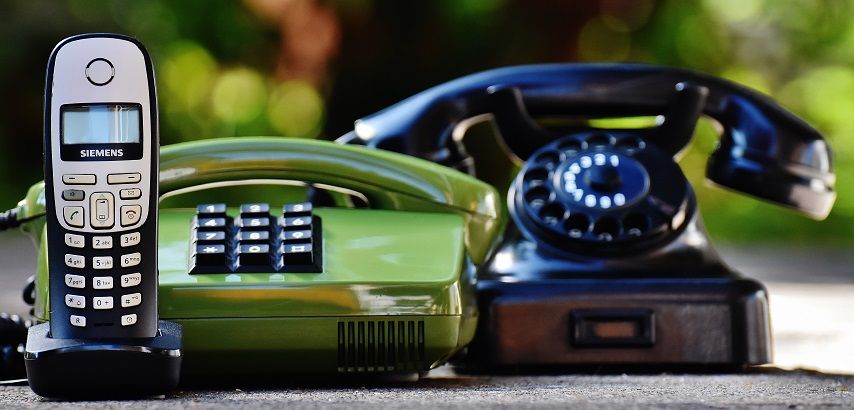
In not so distant past, when a client wanted to contact a design agency, or when a designer had a question for the client, all they had to do is pick up a phone and dial a number. It was an absolutely normal, convenient and socially acceptable action. Everyone called everyone. But soon, everything was bound to change with the rise of the Internet.
The internet generation
Eventually, when the Internet became widely accessible, people started moving from calling to writing emails. However, emails weren’t a substitute for phone calls back then. Their purpose was to replace traditional letter correspondence.
The significant switch happened once informal communication between family members and friends began via social media and free online messaging. Unarguably, the young generation conducts most of their communication (if not all) via social media.
Reduced costs

In the past, the cost of one SMS was comparable to the cost of a minute of a call. Logically, everyone preferred to call because they could pass more information to each other for a lower cost. Meanwhile, the Internet was an expensive luxury, only for serious businessmen and serious stuff, aka not for chit-chat and kids to play with.
Eventually (mobile) Internet became dirt cheap, cheaper than calling and sending SMS. Naturally, users chose the more convenient option.
The answer time
The second reason for the success of online communication is the answer time. In a phone call, there is no choice about when to answer. The response is expected straight away. A person cannot just become silent for a few minutes to allow himself/herself to think. Of course, the person receiving a call can always choose not to pick it up but that wouldn’t help as he/she wouldn’t even know what question he/she is trying to avoid.
Text messages and emails provide the perfect solution. A person receives a text, reads it and can answer later.
The generation differences

As already mentioned earlier, the young generation is the one raised being surrounded by the Internet and online communication. For them, texting is more acceptable than calling.
The older generation sees it in opposite colours. Calling is the way to share information with them. Alternatively, they send emails. Texts, however, are unprofessional.
Doing business between generations might be challenging especially considering the different styles of passing information. Young generation representatives tend to receive unexpected phone calls they weren’t prepared for. But with respect to older people, they won’t mention how disturbing it actually is.
The design industry
The unexpected phone call situation is detected by designers and design agencies as it brings an enormous waste of time and effort. The scenario tends to go as follows:
A design studio, mostly full of young and newly graduated designers, receives a call from a client, Monica. The person who picks up the phone, James, is distracted from his workflow but, of course, helps the client as it is in his best interest to keep Monica happy. Monica called because she has a specific question to change something in her project.
James needs a moment to orientate himself on what the conversation is about. He realizes the question should be directed to the designer responsible for the project but the guy is sick today. So, James makes notes while trying to be polite and explains that they don’t have an answer this minute but they will get back to her ASAP.
Next, James passes the information to the designer. He also writes an email to Monica, just a follow-up, for written record purposes. When the designer gets back with a response, James passes it on to Monica via email or phone call plus email.
In the past, such situations were quite normal but became annoying when technology allowed it to speed it up and make the process more efficient. The scenario could have gone as follows:
Monika sends James an email requesting a phone call. On the time and day confirmed, Monika, James and the designer have a joint conversation. All members are prepared, and all files are reviewed beforehand. Three minutes and the problem plus the questions are resolved.
The compromise
The above scenario is a compromise between clients and designers as well as between two generations. One wants to directly talk with a human whereas the other wants to be prepared and avoid being on the spot. Young designers’ attitude towards phone calls is simple: they find phone calls alright unless they are unexpected.
Author Bio:
Natalia Raben is a Business and Design student taking care of marketing at a design agency based in Amsterdam, DesignBro. Natalia is also a photography graduate and the arts passionate.
